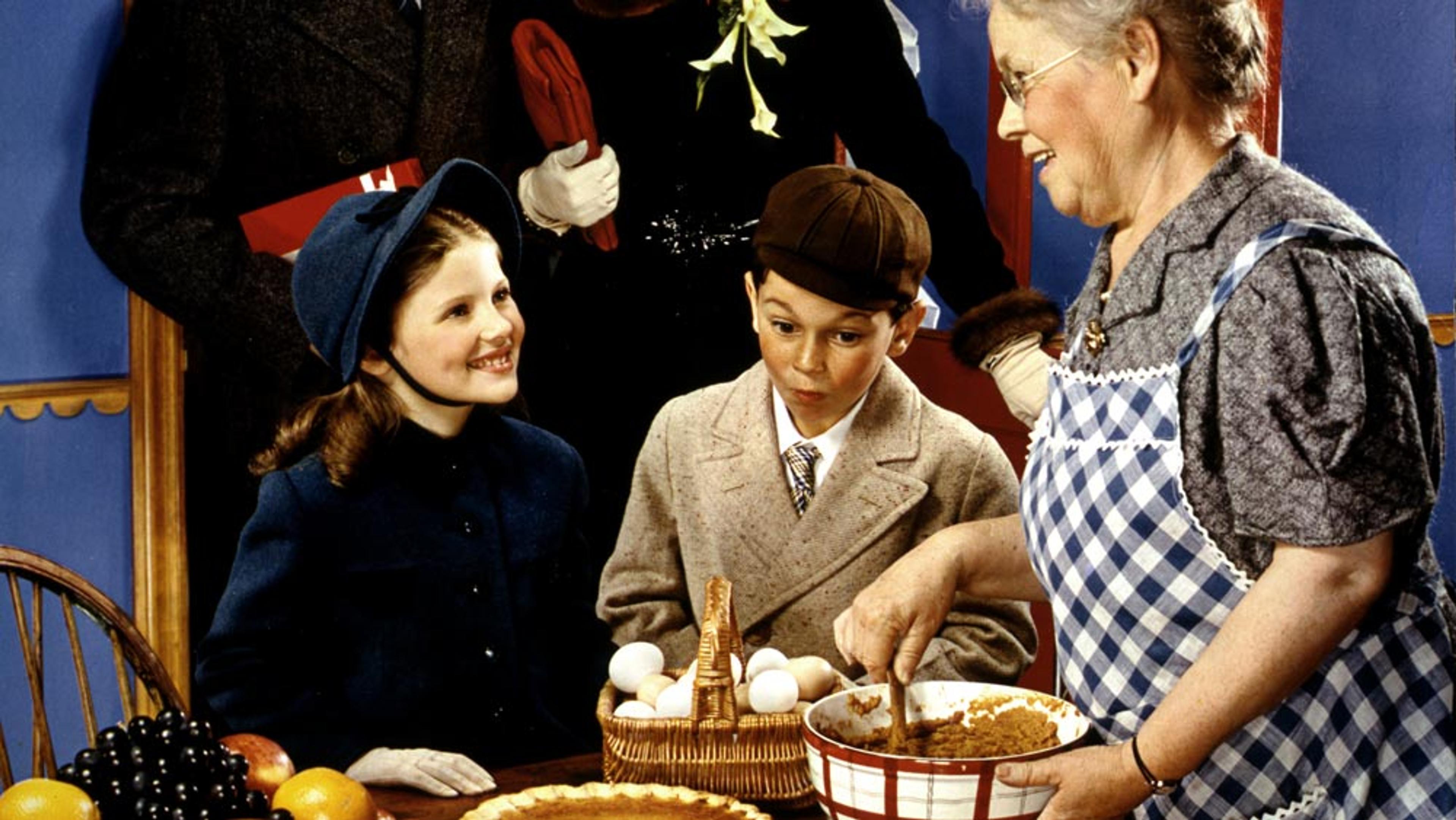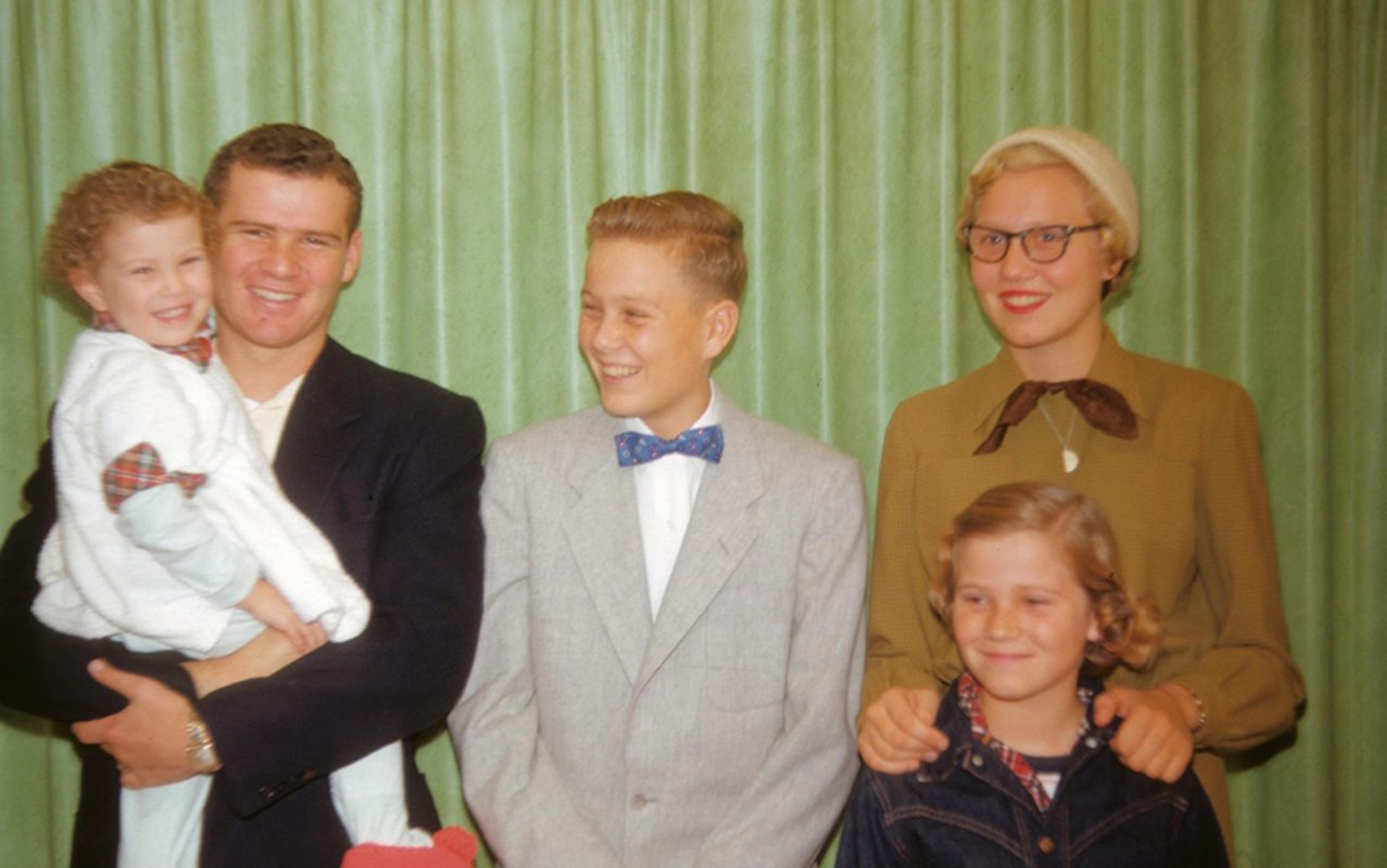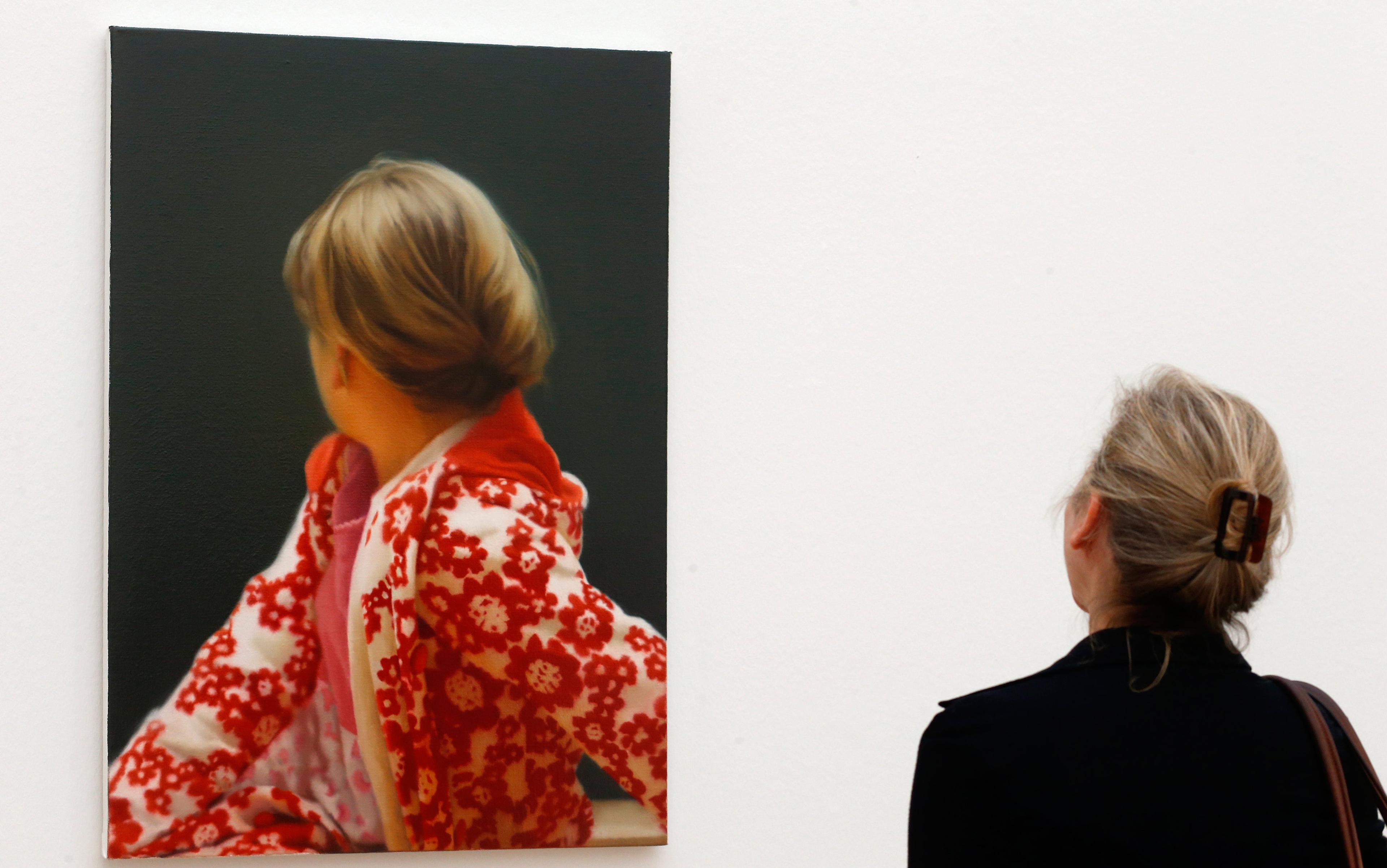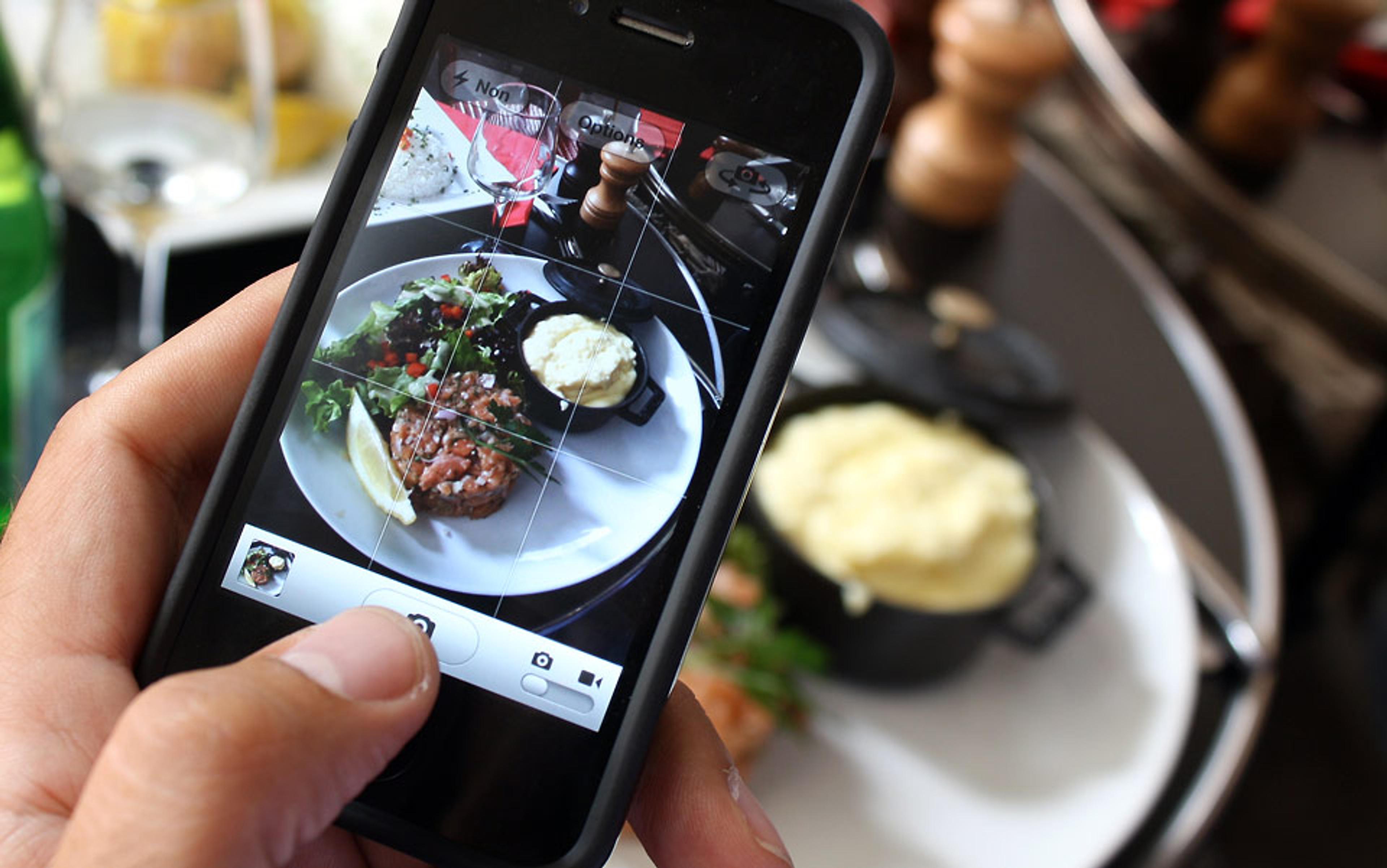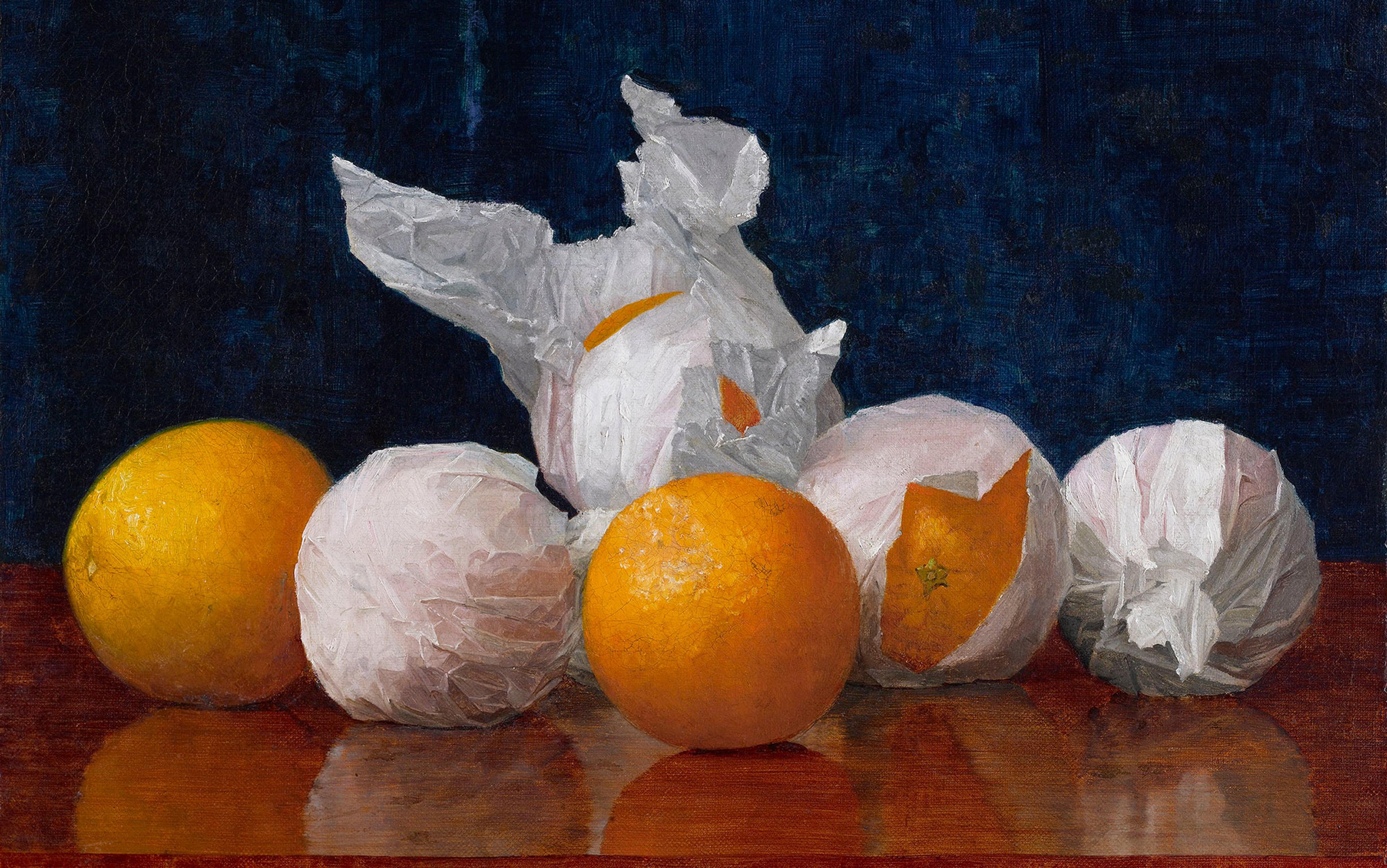For the Frenchman Marcel Proust, the elixir of memory might have been a petite madeleine, but that wouldn’t work on British-bred me. What I needed was a can of Heinz cream of mushroom soup and a packet of Sainsbury’s cheese and onion crisps. As I gathered these and other long-neglected childhood foodstuffs from the supermarket shelves, I thought surely one sniff, one taste would be enough to take me right back. But to what, exactly? And how?
Culinary time travel was immortalised by Proust in the first volume of À la recherche du temps perdu, published 100 years ago last month. Like many who know Swann’s Way only by reputation, I had thought that the taste of the madeleine instantly brought vivid memories to life. In fact, what have come to be known as ‘Proustian moments’ don’t feature in the novel at all. When the narrator tastes the cake, soaked in a spoonful of tea, he experiences not a surge of memory but ‘an exquisite pleasure’ and ‘all-powerful joy’ in which ‘at once the vicissitudes of life had become indifferent to me’. He has no idea where this feeling comes from, and with each subsequent sip, he finds ‘the potion is losing its virtue’.
Only on reflection does he conclude that the cake must be stirring some powerful but unconscious memory. He despairs of uncovering it, then suddenly, after much musing, he recalls that ‘the taste was that of the little piece of madeleine which on Sunday mornings at Combray… when I went to say good morning to her in her bedroom, my aunt Léonie used to give me, dipping it first in her own cup of tea or tisane’. The cake precipitated a flood of emotion, but the narrator has to dig deep to excavate the memories behind it.
Recent findings in the science of memory have vindicated Proust in several ways, as the British psychologist Charles Fernyhough elegantly explains in his book Pieces of Light (2013). Scientists talk of olfactory memory as though taste and smell are one because, for practical purposes, they usually are. The tongue distinguishes only between sweet, salty, sour, bitter, and umami (or savoury). Most of what we think of as taste is in fact smell. To demonstrate this, pinch your nose tight and start to chew something flavourful. Then release your nose. If the difference is not striking, you’re not chewing anything very interesting after all.
Olfactory memory is, as Proust suggest, potent more for its emotional than its autobiographical content. In an experiment conducted by Rachel Herz, a psychologist at Brown University in Rhode Island, subjects were given three kinds of cues — a film clip, a short sound, and a smell — and were asked to generate autobiographical memories from them. When these were rated on various scales, the memories provoked by smell were judged to be more emotional and evocative but not more vivid or specific.
The idea that olfactory memories take us further back in time than others is also supported by experimental evidence. Memories that were cued verbally are more likely to have been created when the individual was aged between 11 and 25 than any other age range. But memories brought back by smell are most likely to take us back to the ages of six to 10. It seems that the first association between a smell and a thing or event is more powerful than any subsequent ones.
Another reason why olfactory memory reaches so far back is that what we think of as ‘a smell’ is often an unusual combination of several particular smells, which combine in highly particular ways that do not recur. My uncles and aunts’ house in Italy, for example, has an odour that is a blend of the dust of the courtyard, the cold walls of the cantina, the produce stored there, the cleaning products they use, and the cooking smells that typically permeate it. Over a lifetime, a colour can come to have a whole series of associations, each burying its predecessor. But the smell of the hot, greasy grill at the burger bar I worked in as a teenager was so distinctive of those times that, when I do catch a whiff, it can mean only one thing.
Remembering turns out to be a kind of internal Chinese whispers
I also wonder whether the exceptional potency of food memories might be to do with the limits of the olfactory imagination. Although I can clearly picture in my mind’s eye that wonderful pizza I had in Naples, and even hear the sound it made as I bit into its crust, I can only remember that it gave off a wonderful whiff of fresh basil and that the creaminess of the mozzarella was perfectly balanced by the sweet acidity of the tomato sauce: I cannot bring these experiences back the way I can with a visual image or sound. I don’t think I’m unusual in that such recollections are accompanied by, at most, the very faintest reliving of the tastes themselves. When we actually do taste or smell something from the past, we are revisiting an experience that memory has been unable to keep alive directly. The intensity of the vivid return of something long lost to time is as much a product of the failings of gustatory memory as a testament to its power.
Proust was right, then, to see smell and taste as providing emotional and evocative links to the distant past, but not a direct portal to our autobiographical histories. Experimental psychology has shown us that memory is never simply a question of bringing sights, sounds, smells and tastes back into consciousness. Remembering turns out to be an iterative process in which every recollection slightly changes what is remembered, a kind of internal Chinese whispers in which, if a consistent story or image is settled on, the chances are it is significantly different from what originally took place. What’s more, the accuracy of memory is, if anything, inversely proportionate to our confidence in its truth. Studies of eyewitness testimony show that the people who are most certain of what they saw are most likely to be wrong, but also, alas, most likely to be believed.
I knew little of this scientific understanding of food memories when I tried my own ‘Proustian’ experiment recently, spending a day eating only as I had done around the age when I started secondary school. Britain in the 1970s and early ’80s was a very different culinary world, populated by dried packet preparations, tinned vegetables and nutrient-stripped sliced white bread. Where now we might pour olive oil, wine vinegar or maple syrup, we then used mainly salt, pepper, malt vinegar, ketchup or generously sprinkled sugar. It now seems like both yesterday and a lifetime ago. Could food help close the gap of time?
This experiment was not as easy to organise as it might appear. Old mass-produced foods have changed their recipes: cereals contain less salt, the mysterious ‘chocolate flavour coating’ on Penguin biscuits has been replaced by the real McCoy. Even allowing for this, it was surprising how unaffecting my breakfast bowl of tasteless cornflakes was. As for the white sliced toast, more evocative than the taste was the very particular scraping sound of the spreading knife on the nearly blackened bread, the uniform surface of which makes it a very different piece of percussion from one cut from a bakery loaf. Lunch was hardly more inspiring, the mushroom soup offensively inoffensive in its blandness, as was the block cheddar melted on white sliced toast that followed.
This time I cooked a 1970s-style spaghetti bolognese, topped with dried ‘Italian cheese’ from a drum. It could, quite rightly, no longer be called Parmesan
I was being reminded that much of what we used to eat was so bland: just palatable fuel that was actually neither good fuel nor especially palatable. I was also reminded of the parallel taste universe created by heavily processed food. Cream of mushroom soup has a distinctive taste that is not the taste of cream and mushrooms; the unmistakable flavour of cheese and onion crisps is not the flavour of cheese and onion; no one would confuse the instantly recognisable taste of strawberry ice cream for strawberries. What you get is each flavour stripped of anything challenging, a kind of Platonic form that levels down rather than up.
By dinner time I was losing my appetite for self-experimentation. This time I cooked a 1970s-style spaghetti bolognese, topped with dried ‘Italian cheese’ from a drum. It could, quite rightly, no longer be called Parmesan. Cooking it brought back some memories: the patient waiting for onions to soften, the pink mince browning and breaking up into very small bits and the meaty smell as it did so, the sauce reducing and getting a greasy sheen. But when I actually ate it, it was underwhelming.
Changing habits mean changing perceptions. Having discovered more interesting dishes, my bolognese is now a bland meat sauce, not a reassuring dose of comfort food. Philosophers and psychologists disagree about whether we should say the taste or the taster has changed, but whatever the answer the whole experience of tasting is certainly very different. When I was a child, I positively liked all of these foods, and now I don’t: if you can’t recapture that pleasure, then you can’t recapture what it felt like to eat them. It is like standing in someone else’s shoes while still being you. Context frames every experience and so, if your life changes, you can never go back to how it once was. That’s why, as the American wine writer Michael Steinberger puts it in Au Revoir to All That (2009), gourmands eager to revisit great meals will be disappointed: ‘trying to recreate memorable moments at the table is often a recipe for heartache’.
My Proustian day brought back some forgotten memories, but the emotions it stirred in me were mainly negative, a kind of pity for the culinary dreariness of my childhood, as well as a kind of guilt for feeling that I now stand above it, superior and elevated. I was hardly transported back. It strikes me as sad that I cannot look back with straightforward joy at things that made me happy at the time. And there’s something almost humbling about this, a reminder that I was literally made out of that stuff, no matter what I do differently now.
Something powerful is being stirred here, but it is not so much memory as what the Danish philosopher Søren Kierkegaard (or rather one of his pseudonymous alter egos) calls recollection (erindre). Memory (huske) is nothing more than a kind of cognitive stamp-collecting. To remember is to recall, as reliably as possible, the facts of the matter. Recollection, on the other hand, is about retrieving the emotional essence of what happened.
‘The bottling of the recollection must have preserved the fragrance of the experience before it is sealed,’ Kierkegaard writes in Stages on Life’s Way (1845). A beautiful metaphor, apt in many ways for food, but also misleading, since we now know, as Kierkegaard did not, that neither memory nor recollection works by a kind of bottling. The top remains open, the bottle unfilled, and so what we eventually decant has been diluted, fermented, blended and ends up differing a great deal from what first went in. Perhaps it is telling that we tend to say ‘That’s exactly how I remember it,’ not ‘That’s exactly as it was’. The taste of something can provoke a strong sense of recognition, but that does not imply that the thing recognised is unchanged. You can recognise an old school friend after 20 years apart, even as you notice how much she has changed.
There is nonetheless a truth in what Kierkegaard says, which is that memory has two functions: one being factual recall and the other the creation and maintenance of emotional links with the past — what he calls recollection. Memory provides the basis for recollection, and not all such recollection is positive. The taste of warm school milk left to sit in the sun evokes a connecting thread with childhood experiences that you’d rather was severed: the inability to choose for yourself, the naive willingness to swallow whatever you were given or told, the diet of overcooked vegetables and gristle-filled stews. Often such things were happily tolerated at the time and it is only through recollection that they become horrors to be forgotten.
The smell of your grandmother’s kitchen reassures you that your life is one with that of the child who once played in it
Food forms a powerful part of the emotional narrative of our lives which is, in many ways, more important than the historical one. An old family friend, the restaurateur Nicola Pomoponio, told me that speaking and cooking Italian are ‘two things I couldn’t do without’. Émigrés will often adopt the language of their host nation, and even start thinking in it, before they give up the food traditions of the old country. This is not primarily about nostalgia, but preserving a link with where they came from, in order to keep a clear sense of who they still are.
Whether or not that link preserves complete authenticity is besides the point. People often do not even notice how their recipes gradually alter over time to accommodate the different ingredients, traditions and even cooking utensils of the new country. What matters is that nonetheless the cooking feels like it comes from ‘back home’.
As Kierkegaard put it: ‘Recollection wants to maintain for a person the eternal continuity in life and assure him that his earthly existence remains uno tenore [uninterrupted], one breath.’ The smell of your grandmother’s kitchen reassures you that your life is one with that of the child who once played in it. Should that recollection be a fond one, it is also a way of feeling an emotional continuity with that past time. We see the thread between past and present and we see that it is good.
Recollection is thus a form of autobiography, and like all such works, it says at least as much about the subject at the time of writing as it does about their life before. It is only because we have this capacity to form a narrative of our lives, no matter how disjointed or stream-of-consciousness it might be, that we can have a fully developed sense of personal identity. And because some of the most memorable characters in this narrative are drawn from the cast of food and drink, we should never forget that our story is one of warm-blooded, sensuous, emotional creatures for whom bread is life. We are not so much what we eat, but what we remember we have eaten.
